バンダイ MG νガンダム Var.Ka MG サザビー Var.Ka
(税込) 送料込み
商品の説明
バンダイ ガンプラ
MG νガンダム Var.Ka
MG サザビー Var.Ka
新品、未開封の品になります。
破れとかは見受けられませんが、擦り跡等は多少あるかと思いますので、箱の完品を求められる方はご了承ください。
人気シリーズ...ガンダムプラモデル(ガンプラ)
種類...プラモデル・模型パーツ
仕様...プラスチック組立キット
スケール...1/100商品の情報
| カテゴリー | おもちゃ・ホビー・グッズ > おもちゃ > プラモデル |
|---|---|
| 商品の状態 | 新品、未使用 |
![宅送] MG シナンジュスタイン/サザビーVer.ka - linsar.com](https://static.mercdn.net/item/detail/orig/photos/m19098497867_1.jpg)
宅送] MG シナンジュスタイン/サザビーVer.ka - linsar.com

Amazon.co.jp: Bandai Hobby MG Sazabi Version Ka Model Kit (1/100

MG サザビー Ver.Ka MG νガンダム Ver.Ka LEDセット-
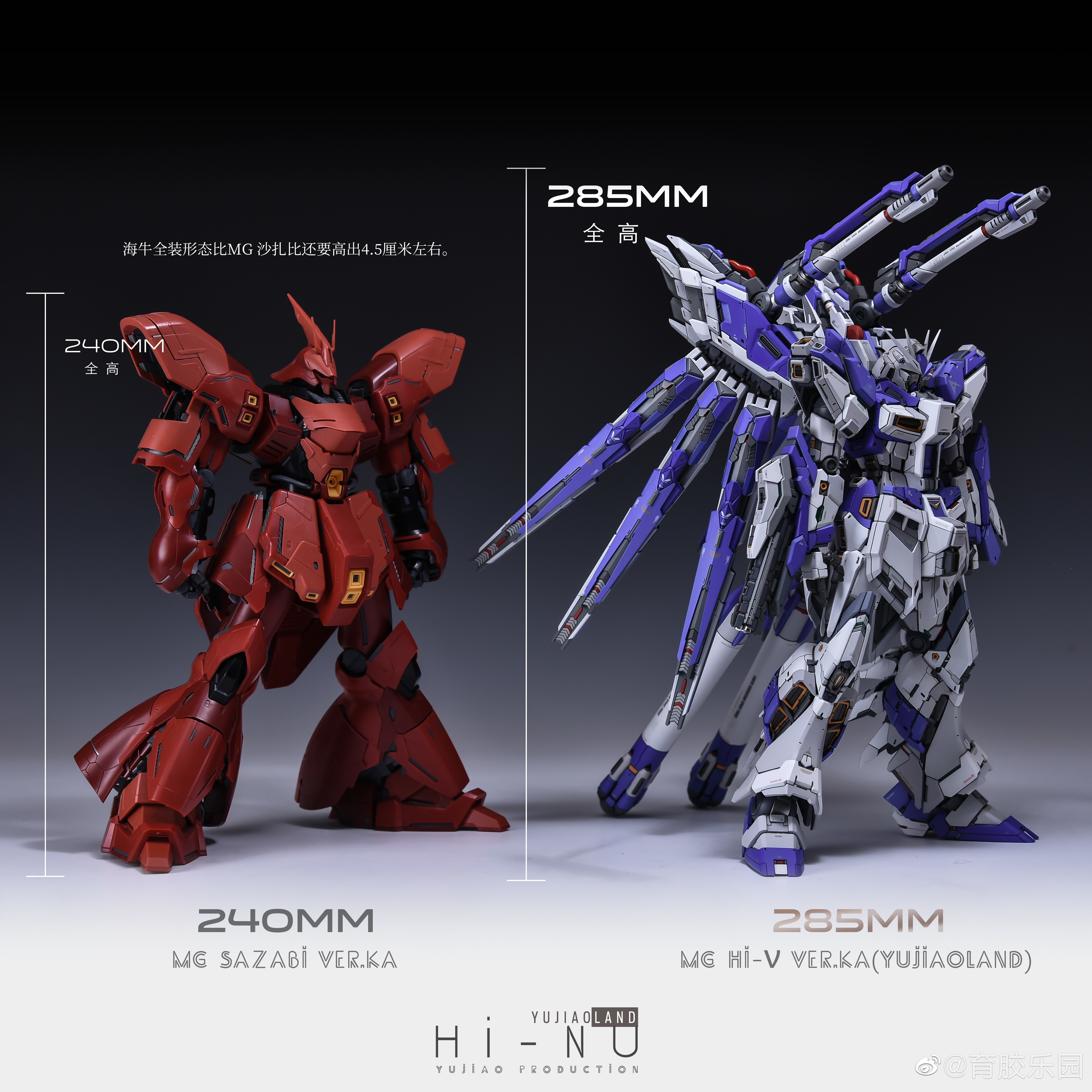
MG サザビー Ver.Ka MG Hi-νガンダム Ver.Ka-
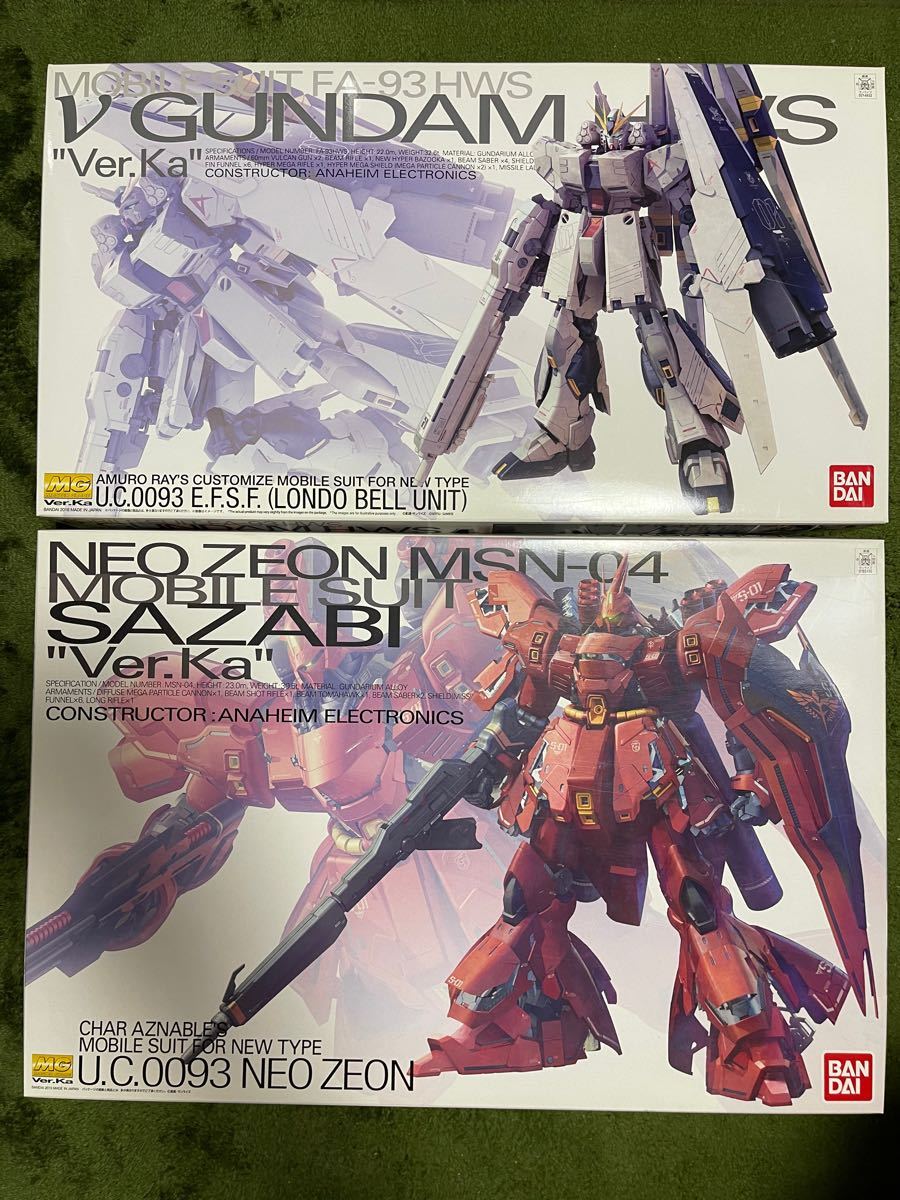
バンダイ MG ニューガンダム&サザビー Ver Ka 未組立 逆襲のシャア
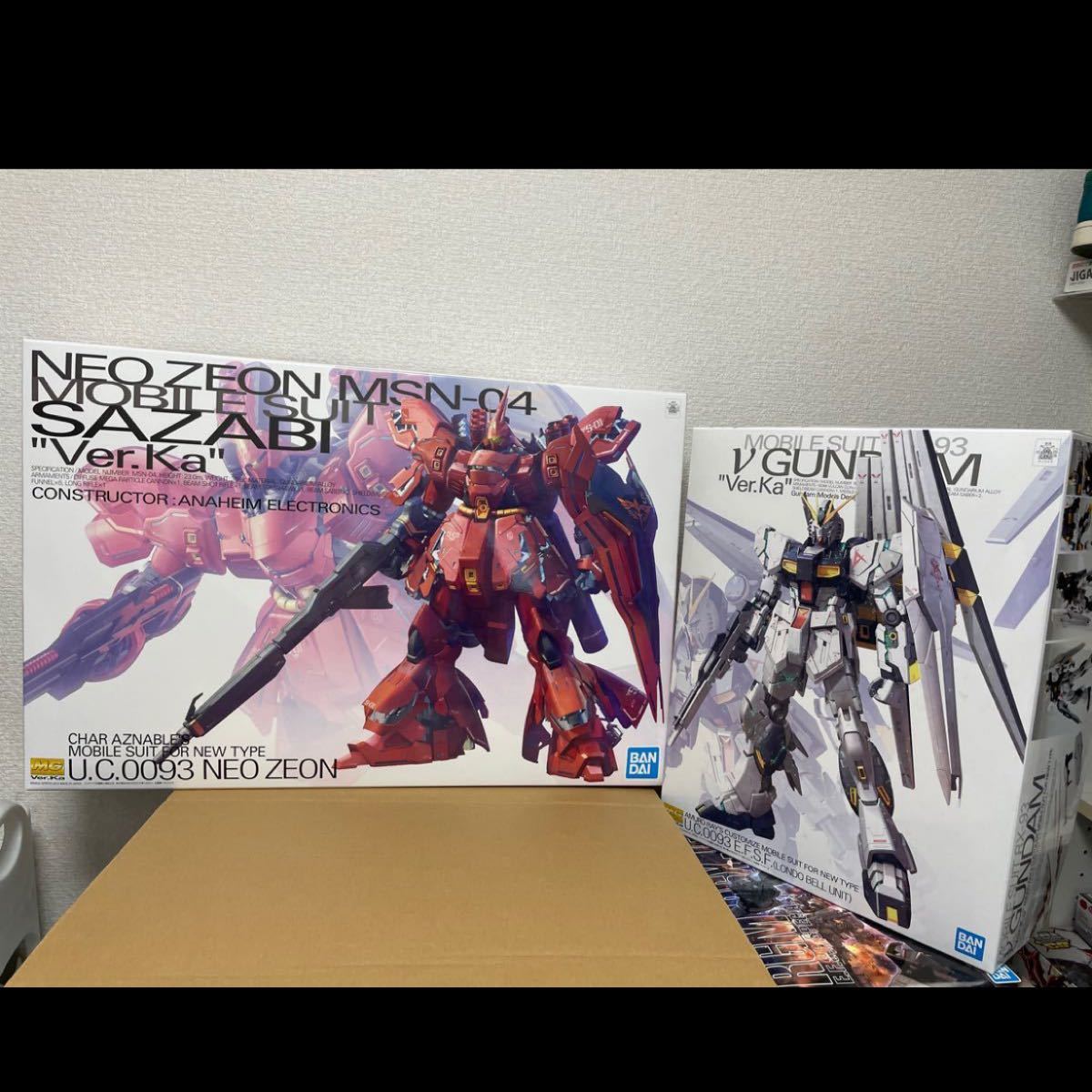
MG νガンダムサザビーver Ka

MG サザビー Ver.Ka MG νガンダム Ver.Ka LEDセット-

人気の春夏 サザビー MGガンプラセット(νガンダム Ver.Ka|yoshi1107
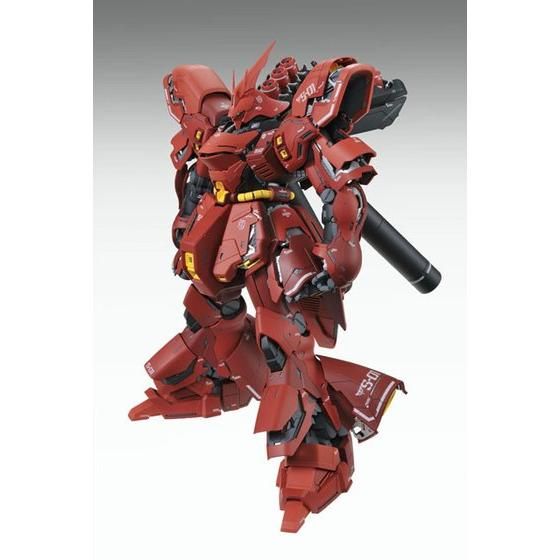
MG 1/100 サザビー Ver.Ka | 機動戦士ガンダム 逆襲のシャア

MGサザビーVer.Kaスペシャル&RG Hi-νガンダムチタニウムフィニッシュ

MG サザビー Ver.Ka MG Hi-νガンダム Ver.Ka-

MG νガンダム サザビー ver.ka 機動戦士ガンダム 逆襲のシャア-

MG サザビー Ver.Ka MG νガンダム Ver.Ka LEDセット-

MG νガンダムサザビーver Ka
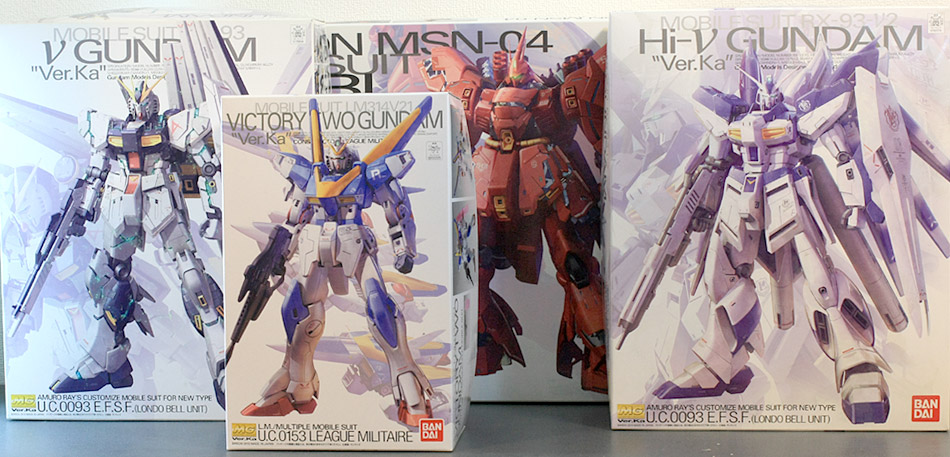
MG V2ガンダム Ver.Ka 素組みレビュー

MG 機動戦士ガンダム 逆襲のシャア MSN-04 サザビー Ver.Ka 1/100

プレミアム完成品】バンダイ MG 1/100 サザビー Ver.Ka | ガンプラ製作

MG サザビーVer,Ka 素組み完成&MOBILITY JOINT GUNDAM 2種 | ボトムズ
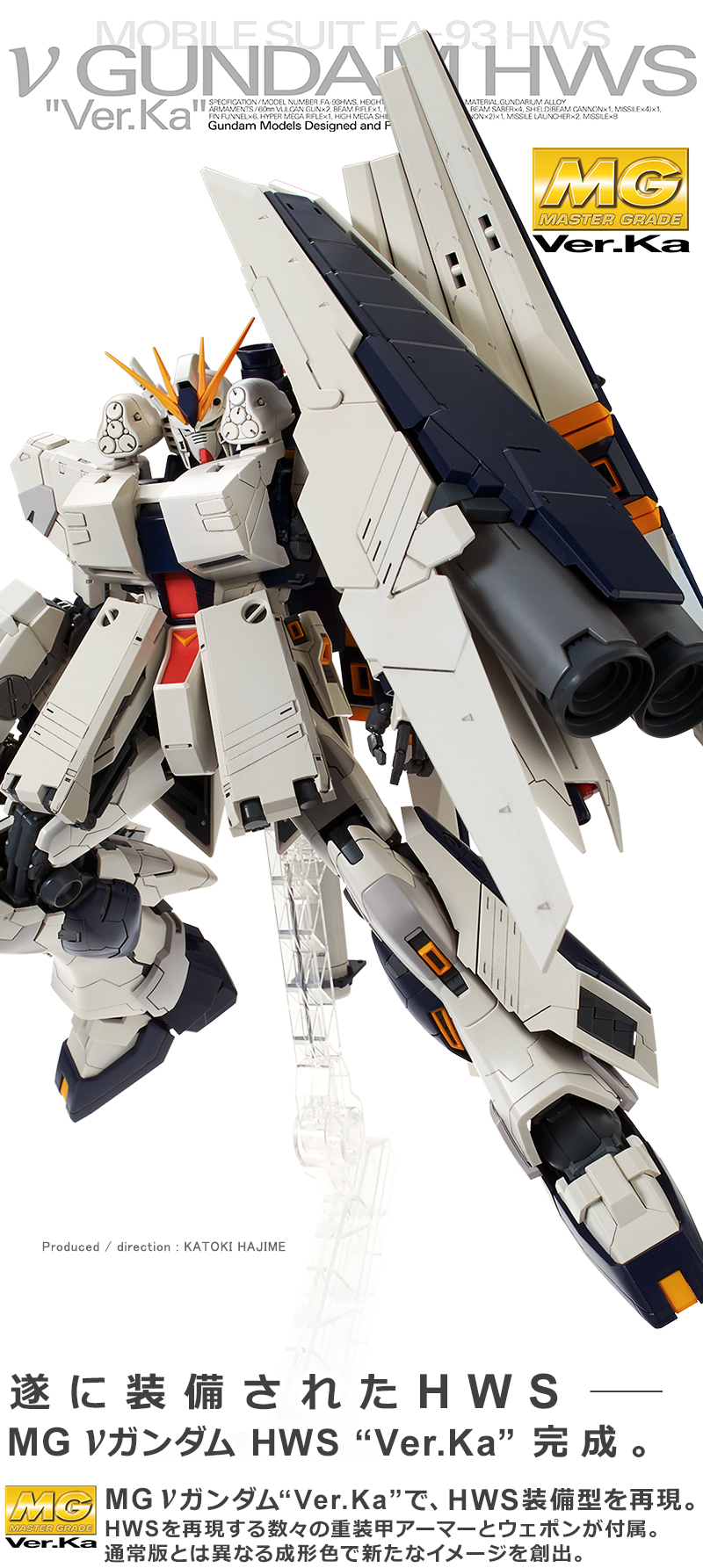
ガンプラセット MGνガンダムHWS装備Ver.Ka+MGサザビーVer.Ka - プラモデル

抽選販売】 MSN-04 サザビー Ver.Ka (MG) (ガンプラ) - ホビーサーチ

MG サザビー νガンダム ver ka 完成品の通販 by オドロキーヌのおみせ
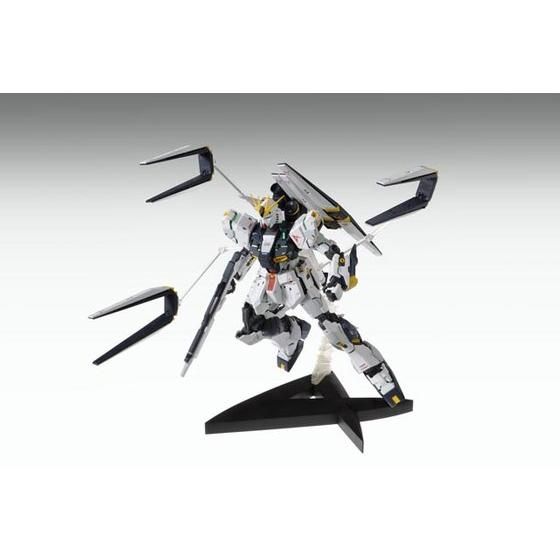
MG 1/100 νガンダム Ver.Ka | 機動戦士ガンダム 逆襲のシャア

MG νガンダム サザビー ver.ka 機動戦士ガンダム 逆襲のシャア-

MG サザビー Ver.Ka MG Hi-νガンダム Ver.Ka-
![MG 1/100 MSN-04 サザビーVer.Ka [Sazabi “Ver.Ka”] 0183655 5055457](https://gunpla-beginning.com/wp-content/uploads/mg_ssbka_101.jpg)
MG 1/100 MSN-04 サザビーVer.Ka [Sazabi “Ver.Ka”] 0183655 5055457

Amazon | MG 1/100 RX-93 vガンダム Ver.Ka (機動戦士ガンダム 逆襲の

MG サザビー Ver.Ka MG νガンダム Ver.Ka LEDセット-

MGサザビー Ver Ka + MGνガンダム Ver Ka サイコフレーム発動イメージ
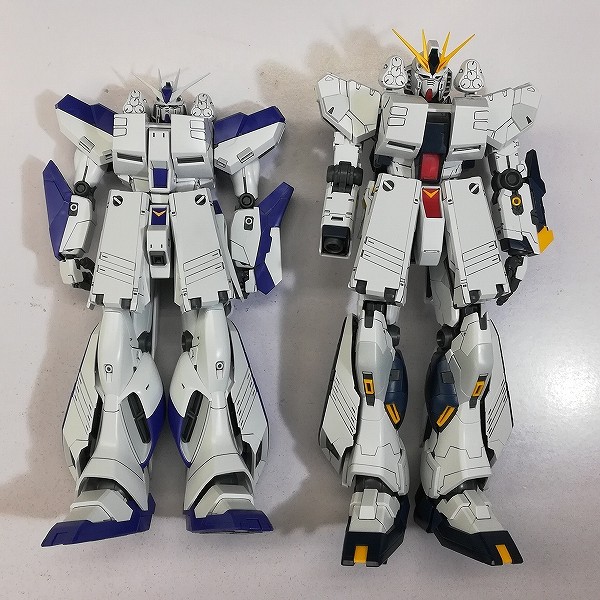
MG サザビー Ver.Ka MG Hi-νガンダム Ver.Ka-
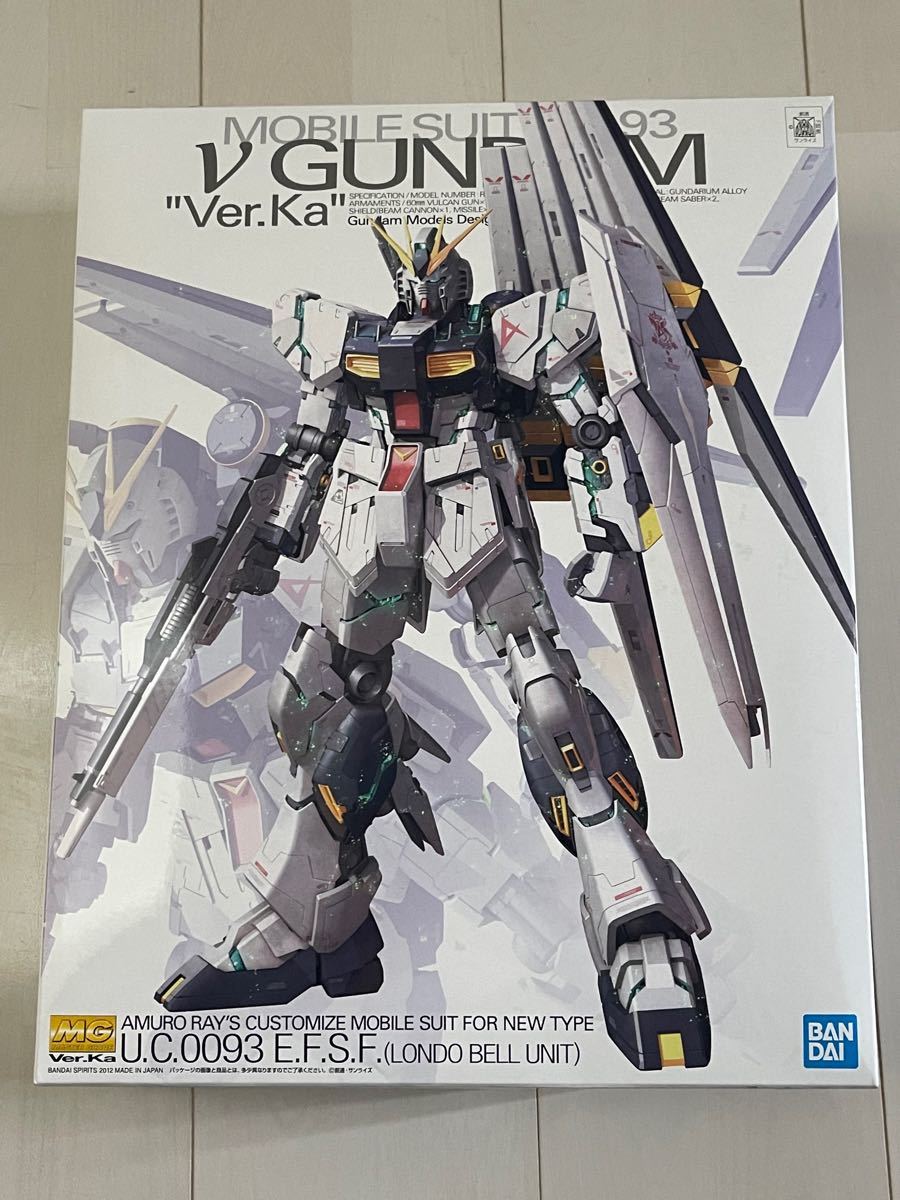
MG νガンダム サザビー ver.ka 機動戦士ガンダム 逆襲のシャア-
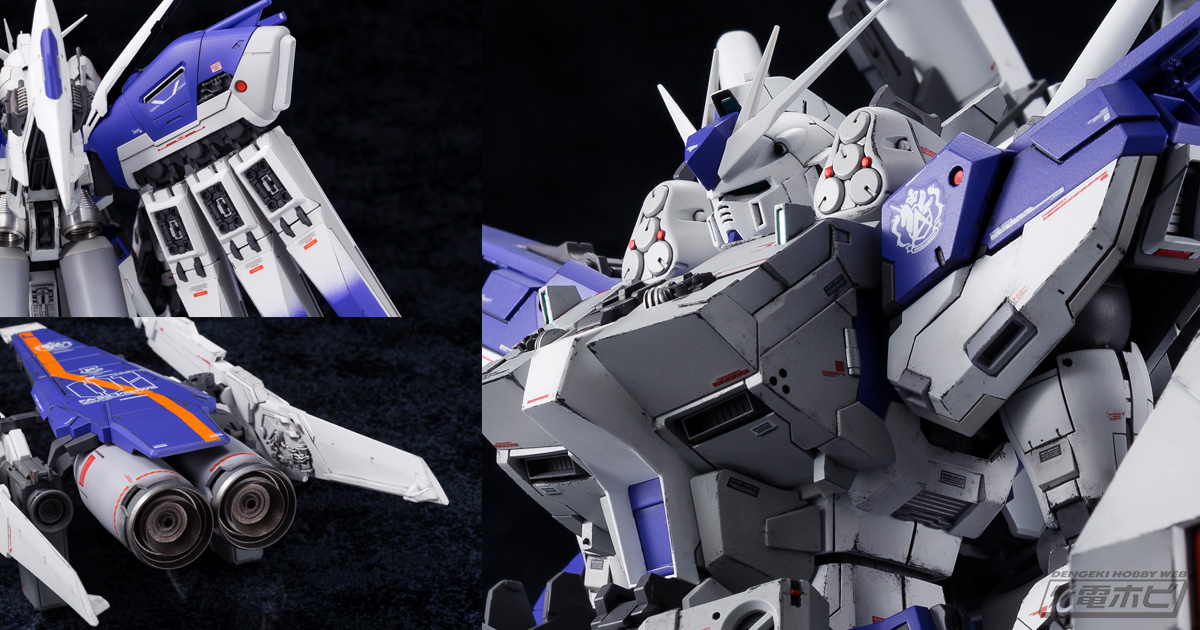
MG サザビー Ver.Ka MG Hi-νガンダム Ver.Ka-
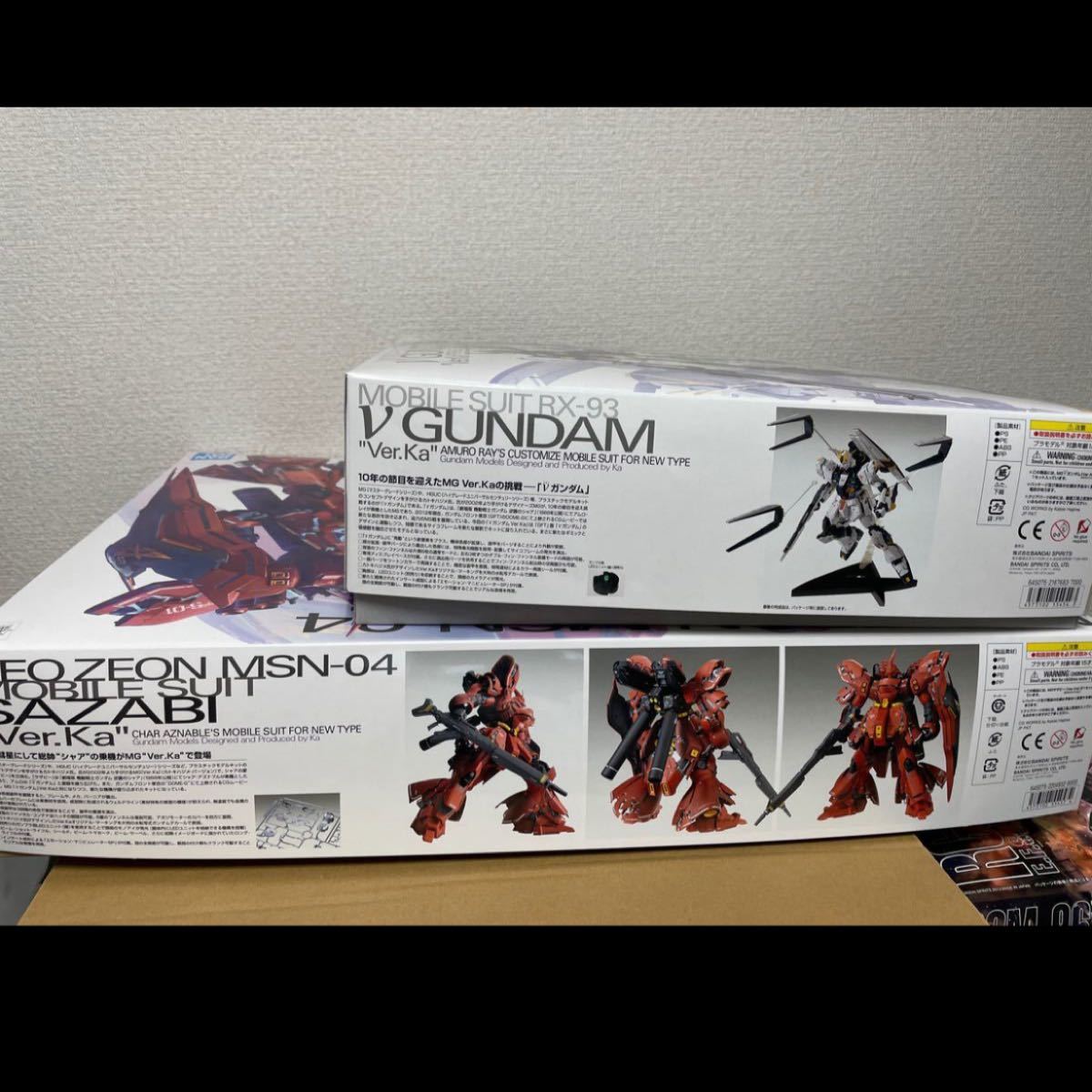
新品 MG Hi-νガンダムVer Ka+ MGサザビーVer Ka|Yahoo!フリマ(旧

MG サザビー νガンダム ver ka 完成品の通販 by オドロキーヌのおみせ

MG 1/100 【ガンダムベース限定】 サザビーVer.Ka[スペシャル
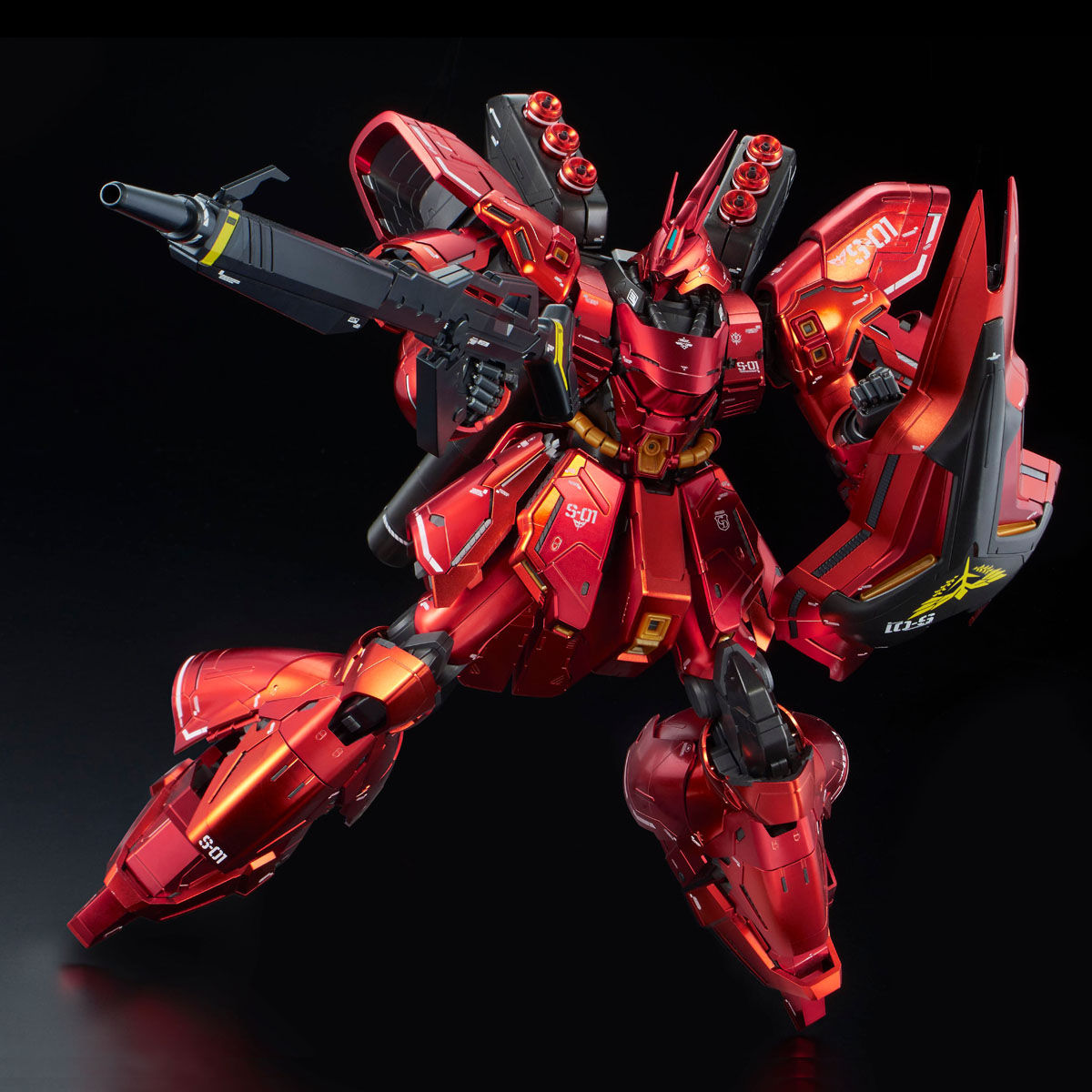
MG 1/100 ガンダムベース限定 MSN-04 サザビーVer.Ka[スペシャル

10%off MG νガンダム サザビー ver.Ka 逆襲のシャア セット バンダイ

MGニューガンダムver.ka MGアサルトバスターガンダム 注目ブランド

MG νガンダムVer.Ka HWS サザビーVer.Ka リゼル 完成品ジャンク 逆襲の
![【ガンプラ】赤い彗星最後の乗機! MG 1/100 サザビー Ver.Ka [日本語字幕]](https://i.ytimg.com/vi/a0Fow5GBLJ4/maxresdefault.jpg)
【ガンプラ】赤い彗星最後の乗機! MG 1/100 サザビー Ver.Ka [日本語字幕]

セット MG νガンダム Ver Ka & MG サザビー Ver Ka|Yahoo!フリマ(旧

商品の情報
メルカリ安心への取り組み
お金は事務局に支払われ、評価後に振り込まれます
出品者
スピード発送
この出品者は平均24時間以内に発送しています














